The Gila Monster, Heloderma suspectum, is an animal steeped in myth and majesty. As the only venomous lizard native to the United States, it commands respect and fascination. More than just a striking reptile, the Gila Monster plays a unique role in its desert ecosystem and holds a surprisingly rich history, both natural and cultural. This article delves into the life of this incredible creature, exploring its habitat, behavior, and place in the world.
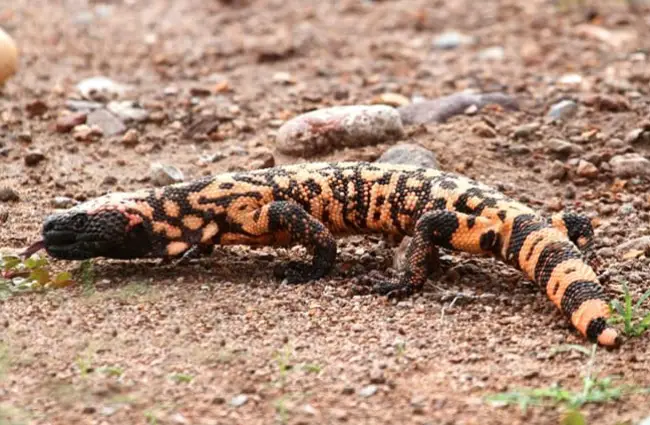
A Portrait of the Desert Dweller
The Gila Monster is a relatively large lizard, typically reaching 15 to 20 inches in length. Its most distinctive feature is its striking coloration—a mosaic of black, pink, orange, and yellow. This vibrant pattern serves as a warning to potential predators, advertising the lizard’s venomous capabilities. The skin is covered in bony osteoderms, providing a degree of protection. Their stout bodies and short, powerful limbs are well suited for life among the rocks and cacti of their desert home.
Habitat and Distribution
Gila Monsters are found primarily in the southwestern United States and northwestern Mexico. Their range includes Arizona, New Mexico, Nevada, Utah, California, and parts of Mexico. They favor arid and semi‑arid environments, including deserts, scrublands, and rocky canyons. Specifically, they thrive in areas with access to washes, springs, and other sources of water, and they seek shelter among rocks, burrows, or vegetation. The Sonoran and Mojave Deserts are prime Gila Monster territory.
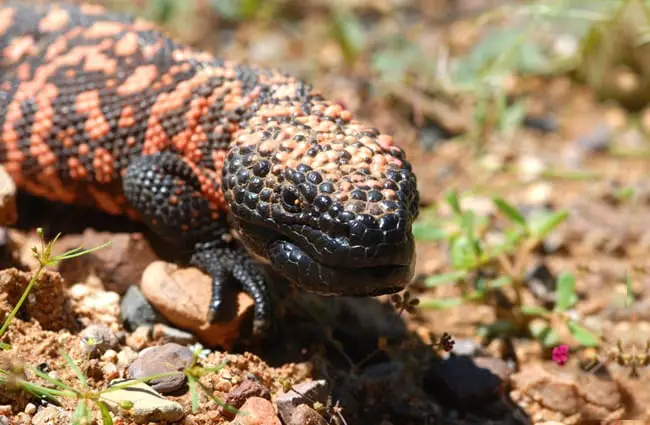
Life Cycle and Behavior
Diet and Hunting Strategies
Gila Monsters are carnivores with a surprisingly opportunistic diet. While they are often associated with eating bird eggs, they also consume small mammals, reptiles, insects, and carrion. Their jaws do not have the crushing power of some predators, so they rely on a unique feeding strategy. They deliver a venomous bite, then use powerful muscles to slowly tear and swallow their prey. They have a very slow metabolism and can store large amounts of fat in their tails, allowing them to survive for extended periods without food. A single large meal can sustain a Gila Monster for weeks or even months.
Reproduction and Development
Gila Monsters have a relatively slow reproductive rate. Breeding typically occurs in the spring. Males engage in ritualistic combat to establish dominance and secure mating opportunities. Females lay a clutch of two to eight eggs in a burrow, often near a water source. The eggs incubate for approximately two to three months. Young Gila Monsters are miniature versions of the adults and are capable of producing venom shortly after hatching. They reach sexual maturity after several years.
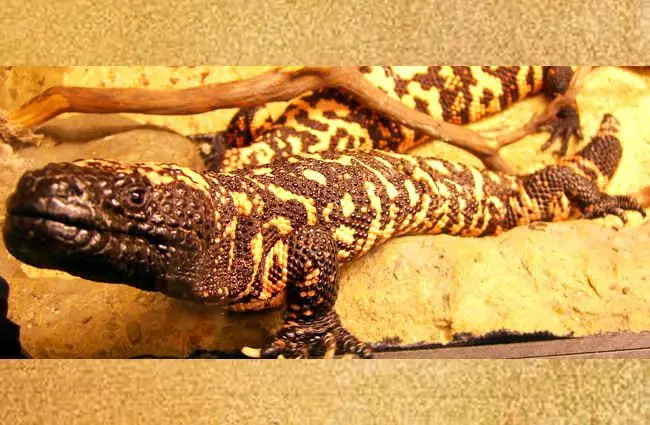
Venom and Defense Mechanisms
The Gila Monster’s venom is a complex mixture of toxins that affect blood pressure, heart rate, and nerve function. While their venom is potent, bites to humans are rare and rarely fatal. The venom is delivered through grooved teeth in the lower jaw. Unlike snakes, Gila Monsters do not inject venom with a quick strike. They grip their prey with their teeth and chew to deliver the venom. Aside from their venom, Gila Monsters also rely on their colorful warning coloration, thick skin, and the ability to retreat into rocky crevices for defense.
Ecological Role and Interactions
Gila Monsters play an important role in their desert ecosystems. As predators, they help control populations of rodents, insects, and other small animals. They also serve as prey for larger predators, such as coyotes, hawks, and snakes. Their burrowing activities can help aerate the soil and distribute nutrients. They often share habitat with other reptiles, such as desert tortoises and various lizard species. They also benefit from the shade provided by cacti and other desert plants.

Gila Monsters and Humans
Historical and Cultural Significance
Native American cultures have long held the Gila Monster in both reverence and fear. It is often featured in mythology and folklore, associated with power, healing, and protection. Some tribes believe its venom possesses medicinal properties, while others view it as a symbol of transformation and resilience. Historically, Gila Monsters were also used in traditional ceremonies and rituals.
Conservation Status and Threats
While not currently listed as endangered, Gila Monster populations face a number of threats, including habitat loss, fragmentation, and climate change. Human development, agriculture, and mining all contribute to the loss of suitable habitat. Climate change leads to increased temperatures and droughts, which can further stress Gila Monster populations. Additionally, illegal collection for the pet trade poses a threat in some areas.
Encountering a Gila Monster in the Wild
If you encounter a Gila Monster in the wild, it is important to maintain a safe distance and avoid disturbing it. Do not attempt to handle or provoke the animal. Gila Monsters are generally shy and will retreat if given the opportunity. If a Gila Monster feels threatened, it may deliver a defensive bite. If bitten, seek immediate medical attention, though serious complications are rare.
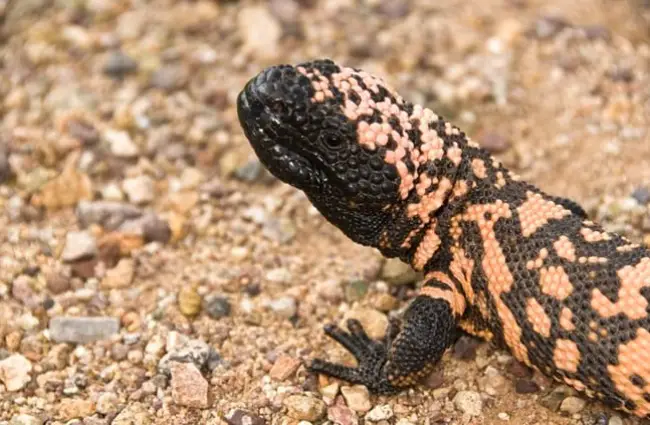
For the Aspiring Herpetologist and Zookeepers
Understanding the nuances of Gila Monster care is crucial for both researchers and zookeepers. In captivity, Gila Monsters require a spacious enclosure that mimics their natural desert habitat. This includes providing a temperature gradient, with basking spots reaching high temperatures, and areas of shade. Humidity should be kept relatively low. Diet should consist of appropriately sized rodents, birds, and insects, supplemented with vitamins and minerals. Enrichment activities, such as providing digging substrates and climbing opportunities, are important for stimulating natural behaviors. Careful monitoring of health, including regular veterinary checkups, is essential. Avoid overhandling, as this can stress the animal. Researching detailed care sheets from reputable herpetological organizations is highly recommended.
The Gila Monster stands as a testament to the beauty and resilience of desert life. Its unique adaptations, ecological role, and cultural significance make it a truly remarkable creature. By continuing to study and protect this fascinating reptile, we can ensure that it continues to thrive in its desert home for generations to come.

![Red Angus Closeup of a beautiful Red Angus cowPhoto by: U.S. Department of Agriculture [pubic domain]https://creativecommons.org/licenses/by/2.0/](https://animals.net/wp-content/uploads/2020/03/Red-Angus-4-238x178.jpg)
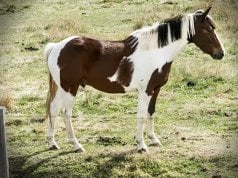
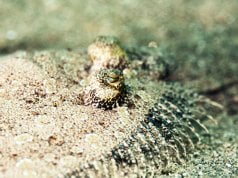
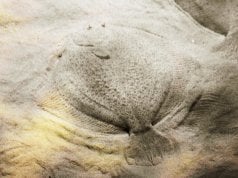

![Red Angus Closeup of a beautiful Red Angus cowPhoto by: U.S. Department of Agriculture [pubic domain]https://creativecommons.org/licenses/by/2.0/](https://animals.net/wp-content/uploads/2020/03/Red-Angus-4-100x75.jpg)

